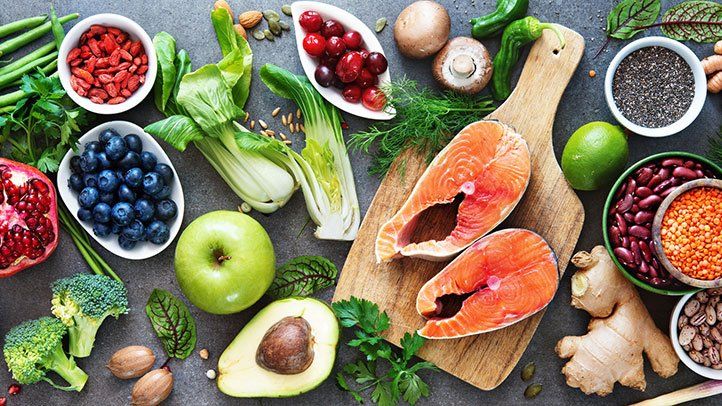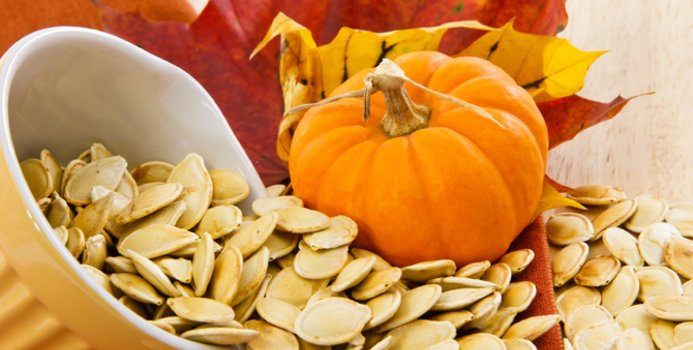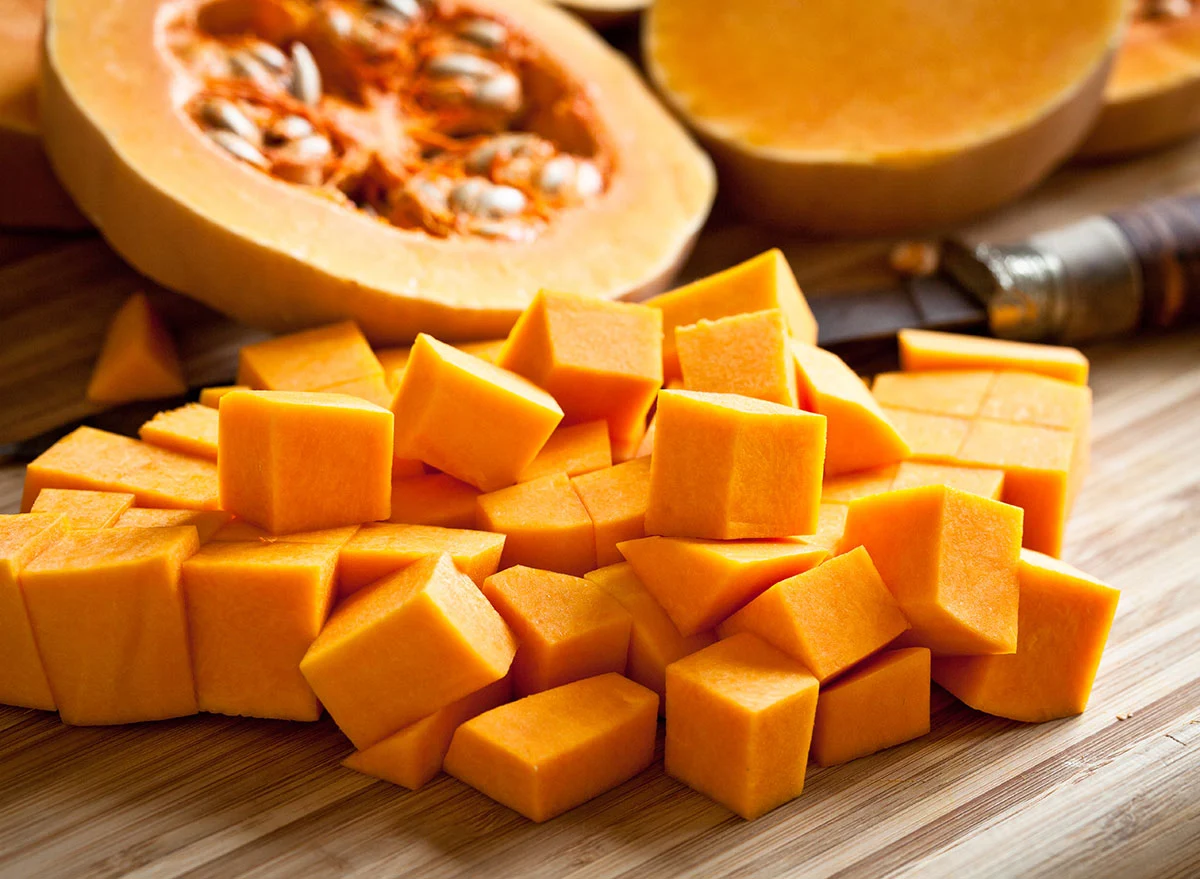No products in the cart.

Gastroesophageal reflux is a very common pathology and almost everyone at some point in our lives has noticed that burning sensation or regurgitation of food that rises from the stomach and “burns” the esophagus
Coffee, a drink, a cigar and dessert after a great feast is a source of disappointment for those who suffer from gastroesophageal reflux on a more continuous basis.
An ailment that may even require surgical intervention if pharmacological options and lifestyle changes fail.
Its causes, symptoms and treatments have been addressed by Dr. José Antonio Pajares Díaz, doctor of the digestive system of the Hospital Nuestra Señora del Rosario, in the opening talk “Health Tuesday”, which EFEsalud has attended.
First of all, the specialist has explained that the stomach generates hydrochloric acid to break down food.
It is a very strong acid that if we put it on any surface it would damage it, even stainless steel.
But the stomach is capable of maintaining that substance “without having any type of injury because it has mucosa production mechanisms that manage to maintain that acid without difficulty.”
The problem
The problem begins when the valve or type of muscular ring that forms the border between the stomach and the esophagus does not close well.
This is when the contents of the stomach go up into the esophagus and “we burn because the esophagus is not prepared to have that substance.”
This is produced by the pressure from inside the stomach towards the valve of the esophagus, which has to be able to open so that food goes down but close so that stomach acid does not rise.
According to this specialist there are different circumstances that make this pressure greater.
For example, the kinds of foods that sometimes cause the stomach to “empty more slowly and build up more content, more food, and more acid.”
Hiatal hernia also favors gastroesophageal reflux.
But reflux is not the same as reflux disease, which affects more than 10% percent of the population in Western society.
Gastroesophageal reflux: symptoms
The sensation of regurgitation and heartburn or burning – that burning that is sometimes noticed after a meal – are two indicative parameters of gastroesophageal reflux.
So “there is no need to do more tests, these symptoms are so typical that we can already say what is happening.”
But there are other manifestations that are not so obvious, such as chest pain or difficulty swallowing.
In chest pain, it is always necessary to first rule out that it may be due to a heart attack or angina pectoris.
A pHmetry
In this case, tests such as endoscopy must be carried out to confirm if this is the case or rule out other diseases “and if it is not clear, a test called pHmetry can be done.”
This test measures the pH of the esophagus over 24 hours.
If it is very low it means that there is acid that comes from the stomach and if it is in an excessive number of refluxes, of sufficient intensity and duration “it can be classified as pathological and treatment must be applied.”
Complications and structural damage
One of the damages that gastroesophageal reflux can cause is esophagitis, and it can be reversed with specific drug treatment.
And if there is a constant inflammation process, the esophagus defends itself by scarring.
“But a scar in a circular structure causes that, little by little, it narrows and this produces stenosis, that is, difficulty in swallowing, especially more solid or more compact foods.”
Sometimes what happens is that the esophagus changes its mucosa for one very similar to the one that works in the stomach and therefore better resists the acid that comes from this last organ.
Others, however, modify an intestinal-type mucosa that is susceptible to accumulating alterations in the genome of the cells and can degenerate into a malignant tumor.
“They are rare complications, but you have to treat them properly to avoid them.”
Damage outside the esophagus
There are also damages that are located outside the esophagus associated with reflux such as laryngitis, asthma or chronic cough.
There are other respiratory problems that are not so clear that they are directly related, but sometimes it is worth exploring for gastroesophageal reflux.
“Especially in refractory cases of otitis media, recurrent sinusitis and in case of pulmonary fibrosis.”
Food, postures and overweight
In the treatment of gastroesophageal reflux there are basically two approaches.
“The easiest is the drug and the most difficult are the lifestyle changes,” although both are important.
What’s your reaction?
Love0
Sad0
Happy0
Sleepy0
Angry0
Dead0
Wink0










